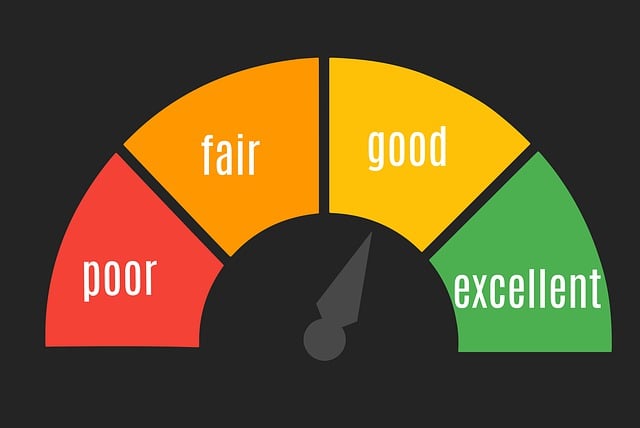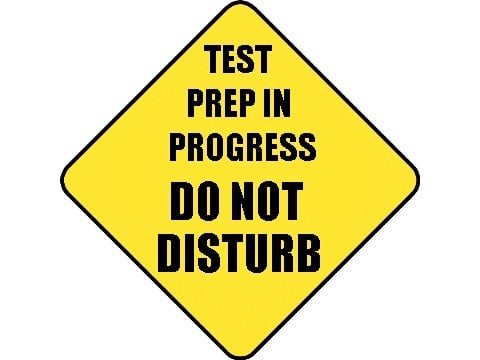Are you planning on taking the 2025 PSAT and wondering what score to aim for or what a "good" PSAT score is? Have you received your score report but can't make sense of all the information it includes? We're here to help!
Read on to learn everything you need to know about 2025 PSAT scores, including what a good score is, what score you'll need to meet National Merit cutoffs, and what PSAT score you'll need to impress colleges.























